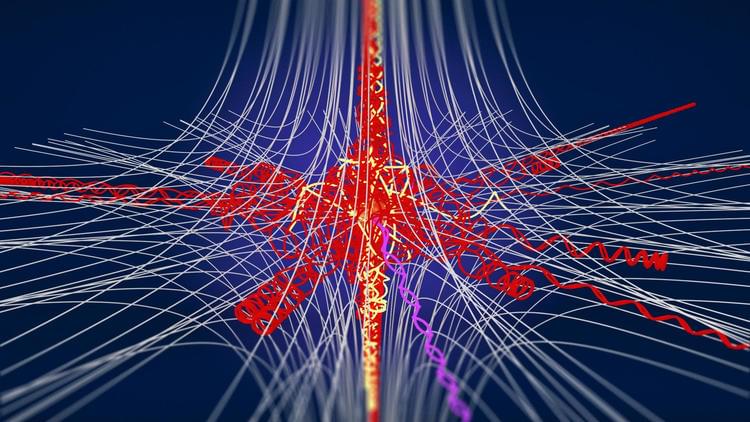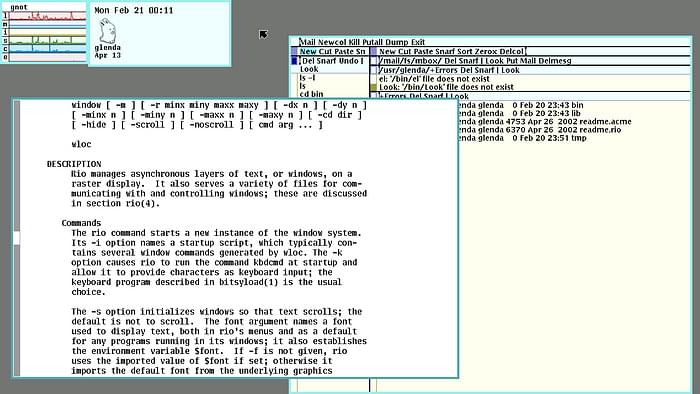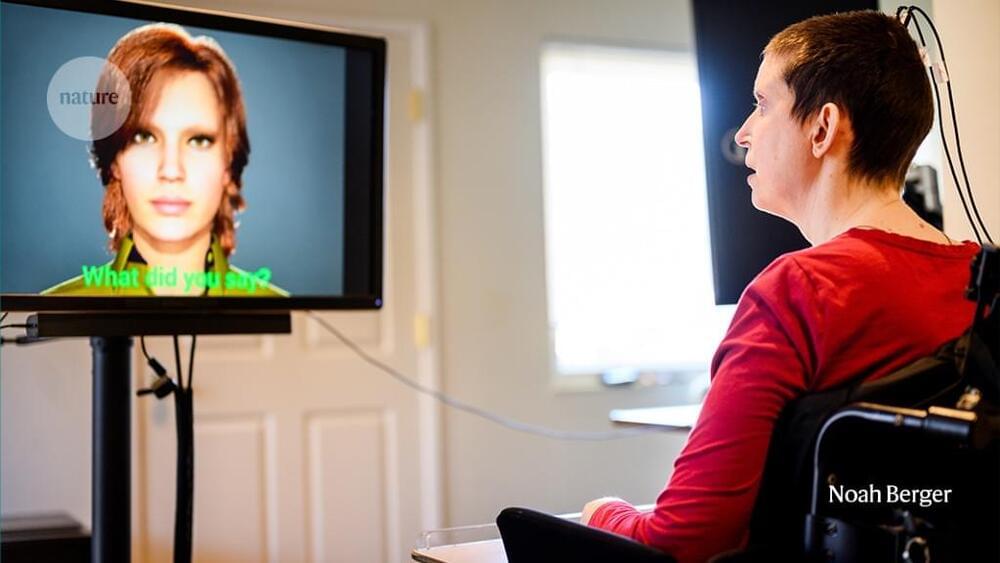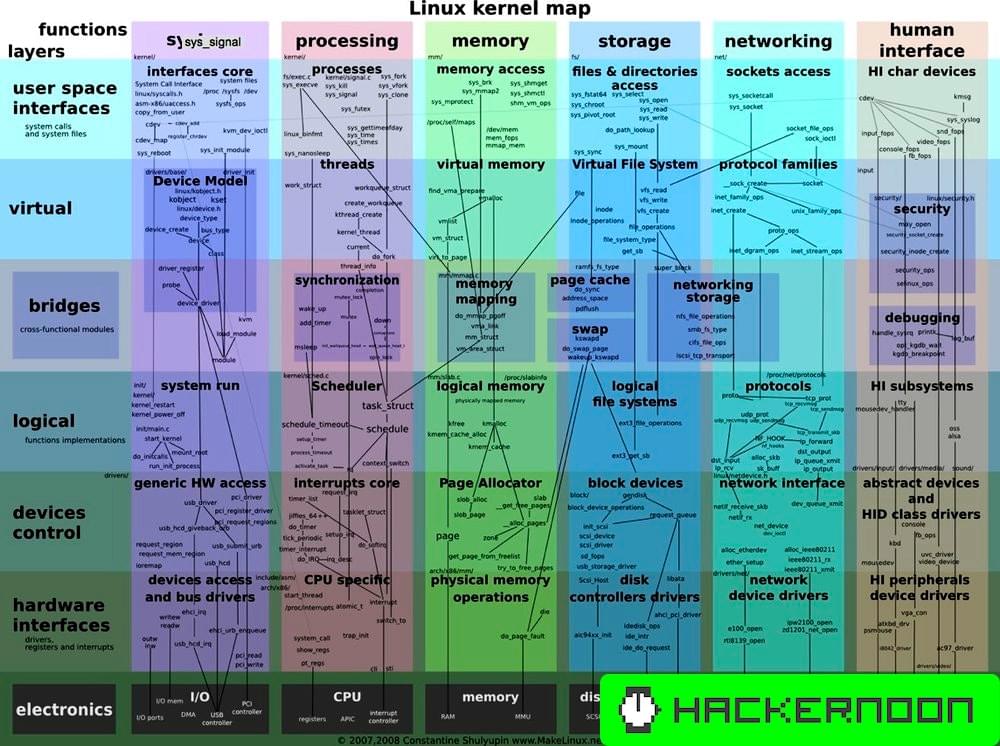An hypothesized term to fix a small mathematical inconsistency predicted electromagnetic waves, and that they had all the properties of light that were observed before and after him in the Nineteenth Century. Unwittingly, he also pointed science inexorably in the direction of the special theory of relativity
My last two articles, two slightly different takes on “recipes” for understanding Electromagnetism, show how Maxwell’s equations can be understood as arising from the highly special relationships between the electric and magnetic components within the Faraday tensor that is “enforced” by the assumption that the Gauss flux laws, equivalent to Coulomb’s inverse square force law, must be Lorentz covariant (consistent with Special Relativity).
From the standpoint of Special Relativity, there is obviously something very special going on behind these laws, which are clearly not from the outset Lorentz covariant. What i mean is that, as vector laws in three dimensional space, there is no way you can find a general vector field that fulfills them and deduce that it is Lorentz covariant — it simply won’t be so in general. There has to be something else further specializing that field’s relationship with the world to ensure such an in-general-decidedly-NOT-Lorentz covariant equation is, indeed covariant.









